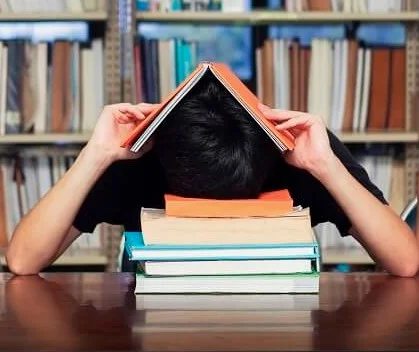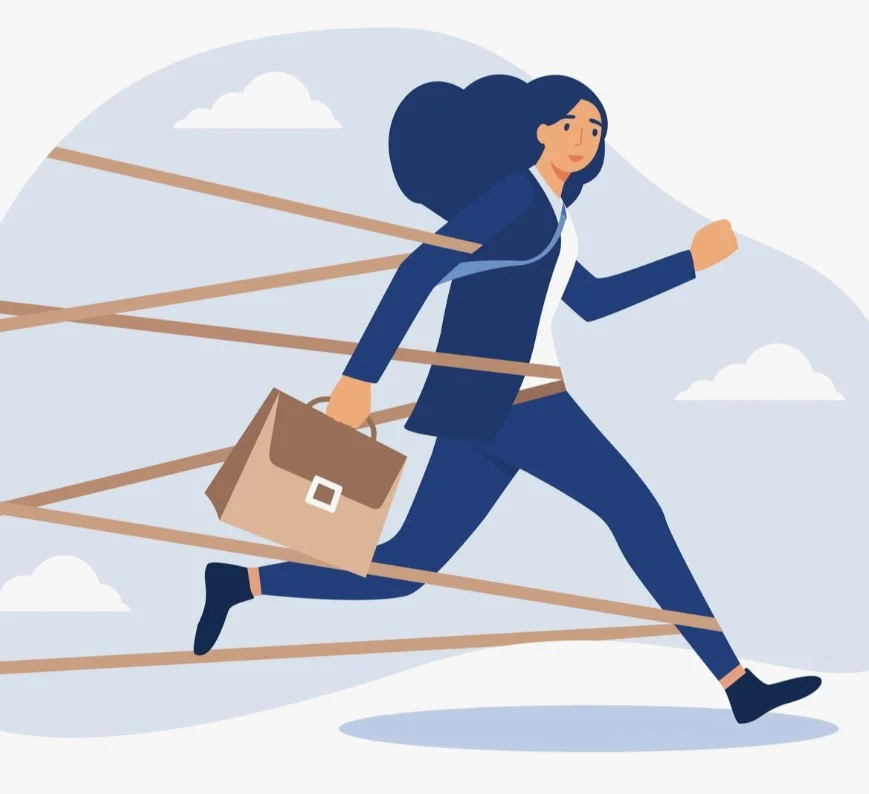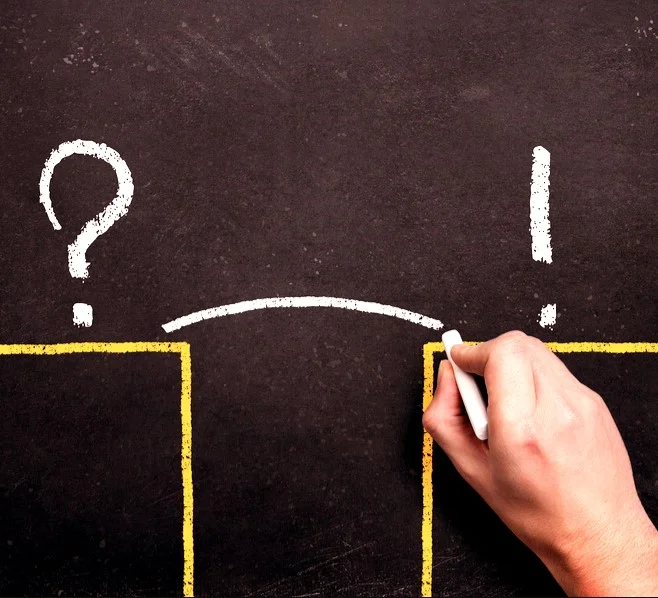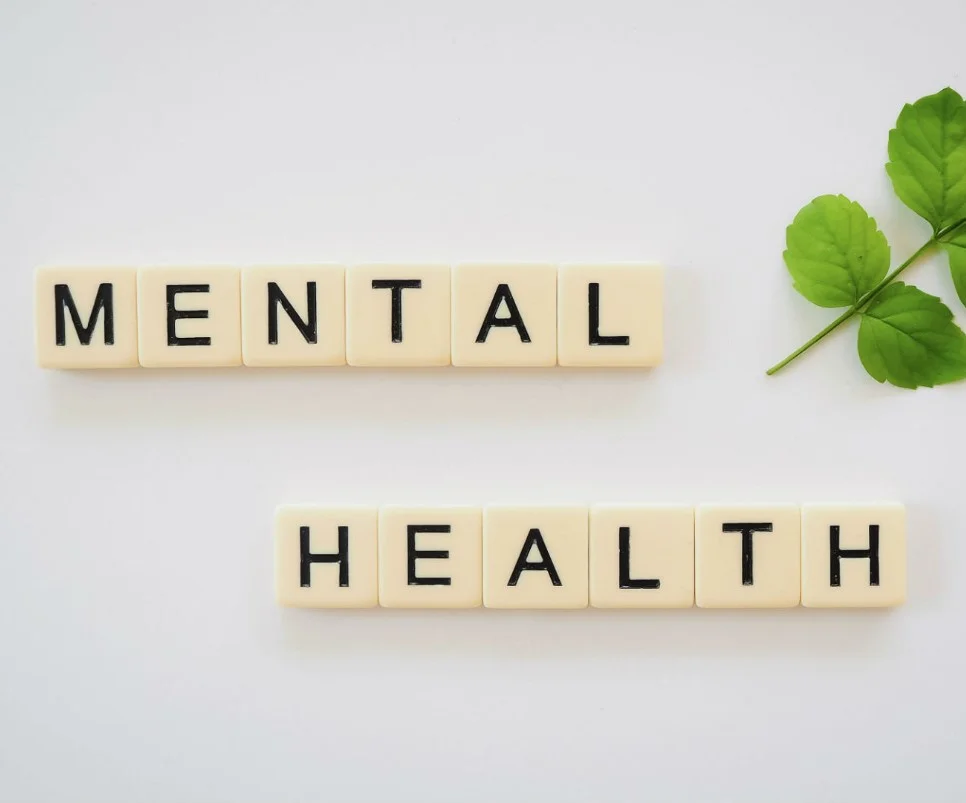Table of Contents
Stressed out:
Education in India, often celebrated for its rich history, diversity, and academic achievements, has a darker side that remains concealed beneath the facade of success. As students navigate the demanding landscape of Indian education, they find themselves grappling with a multitude of challenges, leading to a pervasive sense of stress and unhappiness.
The Pressure Cooker: Unraveling Academic Stress

Academic Expectations and Mental Health
In the quest for excellence, Indian students bear the weight of enormous expectations. The relentless pursuit of high grades, fueled by societal pressures and family expectations, creates a pressure cooker environment where stress becomes a constant companion. Mental health concerns among students are on the rise, raising questions about the impact of academic stress on their overall well-being.
The Tyranny of Exams
Examinations in India are more than just a measure of academic prowess; they are high-stakes battles that determine a student’s future. The emphasis on rote memorization, coupled with the sheer volume of syllabi, turns exams into formidable challenges. This approach not only hampers creativity but also contributes significantly to the stress levels experienced by students.
Rote Learning vs. Creativity: The Dilemma

The Rote Learning Conundrum
Indian education has long been criticized for its overreliance on rote learning. The emphasis on memorization rather than understanding has been a longstanding issue, stifling the development of critical thinking skills among students. The educational system’s failure to adapt to a more dynamic, creative approach limits students’ ability to apply knowledge in real-world scenarios.
Fostering Creativity: A Necessary Shift
In a rapidly evolving global landscape, creativity is a crucial skill that students need to cultivate. Unfortunately, the rigid structures of the Indian education system often discourage independent thought and innovative problem-solving. A paradigm shift towards nurturing creativity is imperative to prepare students for the challenges of the modern world.
Limited Career Options: Breaking the Mould

Traditional Professions and Limited Choices
The conventional emphasis on careers in engineering, medicine, and information technology leaves little room for exploration of alternative paths. Students are often pushed into these stereotypical professions, irrespective of their interests or aptitudes. This limited scope of career options contributes to dissatisfaction and a sense of unfulfillment among students.
The Need for Diverse Career Paths
Recognizing and embracing diverse career paths is essential for fostering a sense of purpose among students. Vocational training, entrepreneurship opportunities, and exposure to a wide array of professions can empower students to make informed choices about their future careers.
Outdated Curriculum: Bridging the Knowledge Gap

Relevance in the Digital Age
The curriculum in many Indian educational institutions often lags behind in adapting to the demands of the digital age. As technology advances, there is a growing disparity between what students learn in classrooms and the skills required in the professional world. An overhaul of the curriculum is necessary to bridge this knowledge gap and equip students with practical, up-to-date skills.
Lack of Practical Skills: The Divide Between Theory and Practice
Theoretical Knowledge vs. Real-World Application
One of the inherent flaws in the Indian education system is the divide between theoretical knowledge and practical application. While students may excel in exams, they often struggle to apply their learning in real-world scenarios. Incorporating practical, hands-on learning experiences is crucial for preparing students for the challenges they will face beyond the classroom.
Teacher-Student Ratio and Infrastructure: Building Foundations
Challenges in Classroom Dynamics
High teacher-student ratios pose significant challenges in maintaining effective classroom dynamics. Limited individual attention and interaction hinder the learning experience for many students. Moreover, inadequate infrastructure further compounds the problem, limiting access to essential resources.
Investing in Education Infrastructure
Addressing the issues of teacher-student ratios and infrastructure requires a comprehensive approach. Increased investment in education, both in terms of trained educators and modern facilities, is essential to provide students with the support and resources they need for optimal learning.
Mental Health Concerns: Navigating the Emotional Turmoil

The Silent Crisis
The toll of academic pressure on students’ mental health cannot be overstated. Anxiety, depression, and burnout are increasingly common among the youth. Recognizing and addressing mental health concerns within the education system is crucial for creating a supportive environment that prioritizes the overall well-being of students.
The Role of Counseling Services
Integrating mental health support services within educational institutions is a vital step in addressing the emotional turmoil students face. Professional counseling services can provide students with the tools to cope with stress, navigate challenges, and develop resilience.
Potential Solutions: Charting a Course for Change
Reforming Assessment Practices
A shift towards more holistic assessment practices, including project-based evaluations, can reduce the emphasis on high-stakes exams. This not only promotes a deeper understanding of subjects but also alleviates the intense pressure on students.
Promoting Interdisciplinary Learning
Encouraging interdisciplinary learning fosters a more holistic educational experience. By breaking down the traditional silos between subjects, students gain a broader perspective and are better prepared for the multidisciplinary demands of the real world.
Enhancing Teacher Training Programs
Investing in comprehensive teacher training programs ensures that educators are equipped to provide a quality learning experience. This includes training on modern teaching methodologies, understanding diverse learning styles, and effectively utilizing technology in the classroom.
Embracing Technology in Education
Integrating technology into the educational process can enhance learning outcomes and bridge gaps in access to resources. Online platforms, interactive tools, and digital resources offer students a more engaging and personalized learning experience.
Conclusion: A Call to Transform Education
As we confront the reality of student unhappiness within the Indian education system, it is evident that transformative changes are imperative. The journey towards a more equitable, nurturing, and future-ready education system begins with acknowledging the existing challenges and collectively working towards solutions.
Unveiling the Reality, Transforming the Future
It’s time to shift the narrative from student unhappiness to a vision of education that empowers, inspires, and prepares the youth for the challenges that lie ahead. By addressing the systemic issues, embracing innovation, and prioritizing the well-being of students, we can pave the way for a brighter, more fulfilling future.




